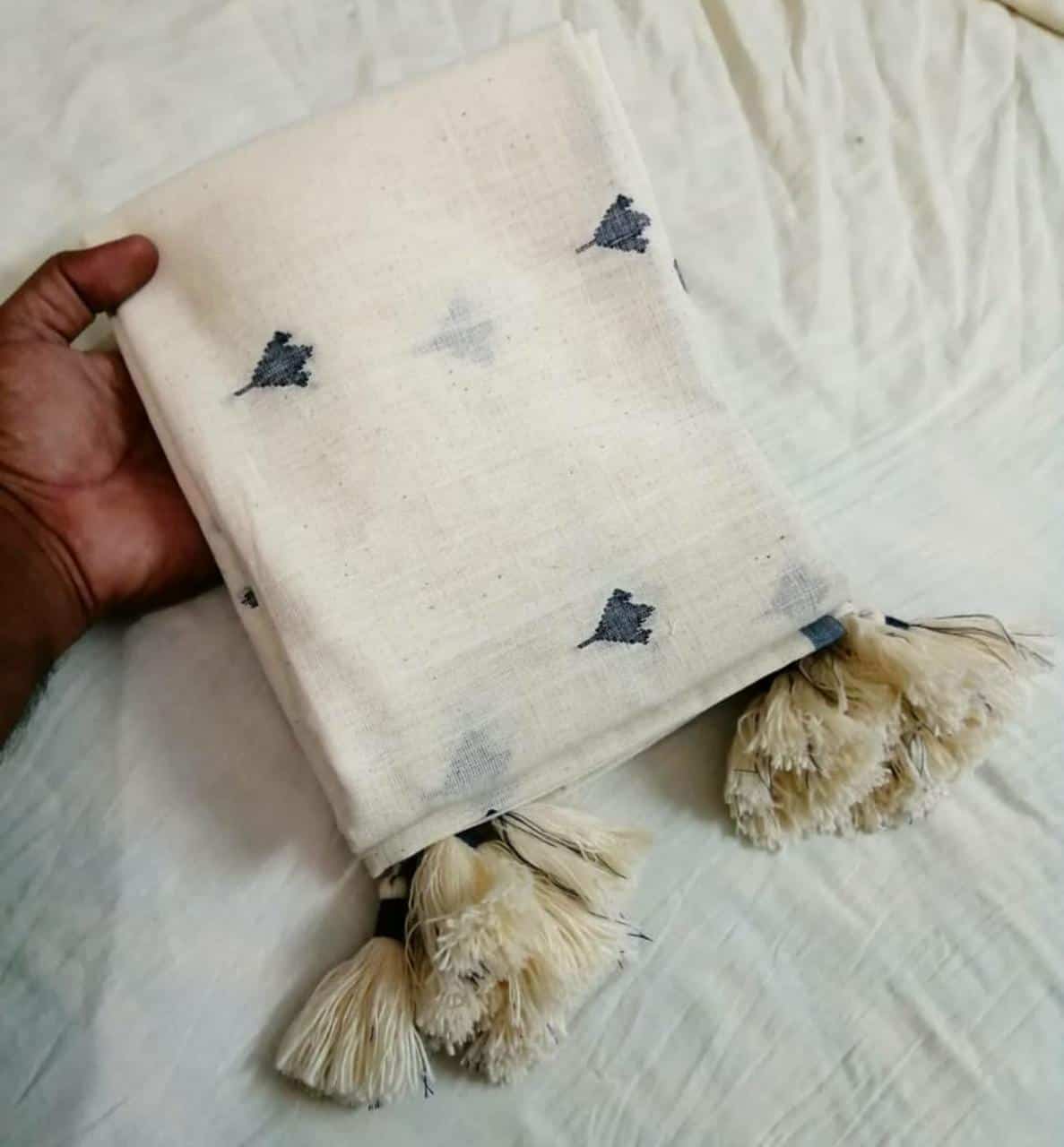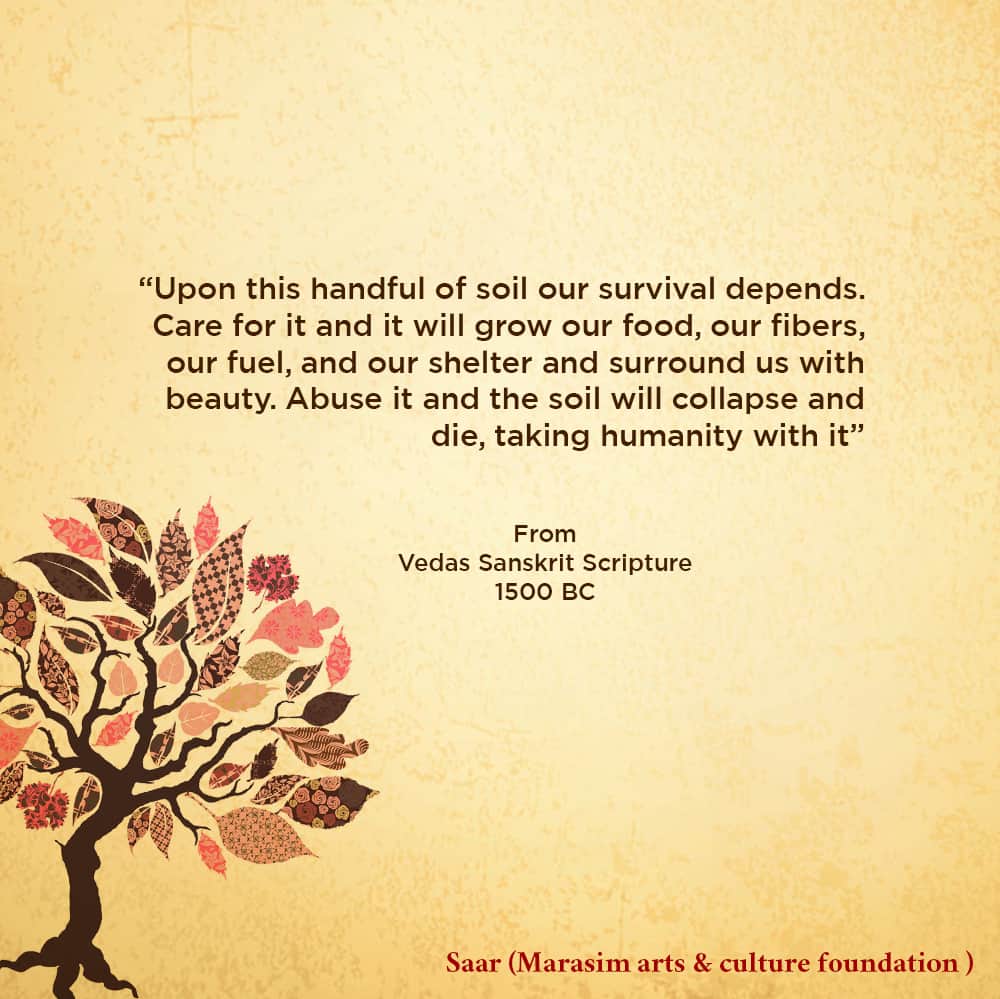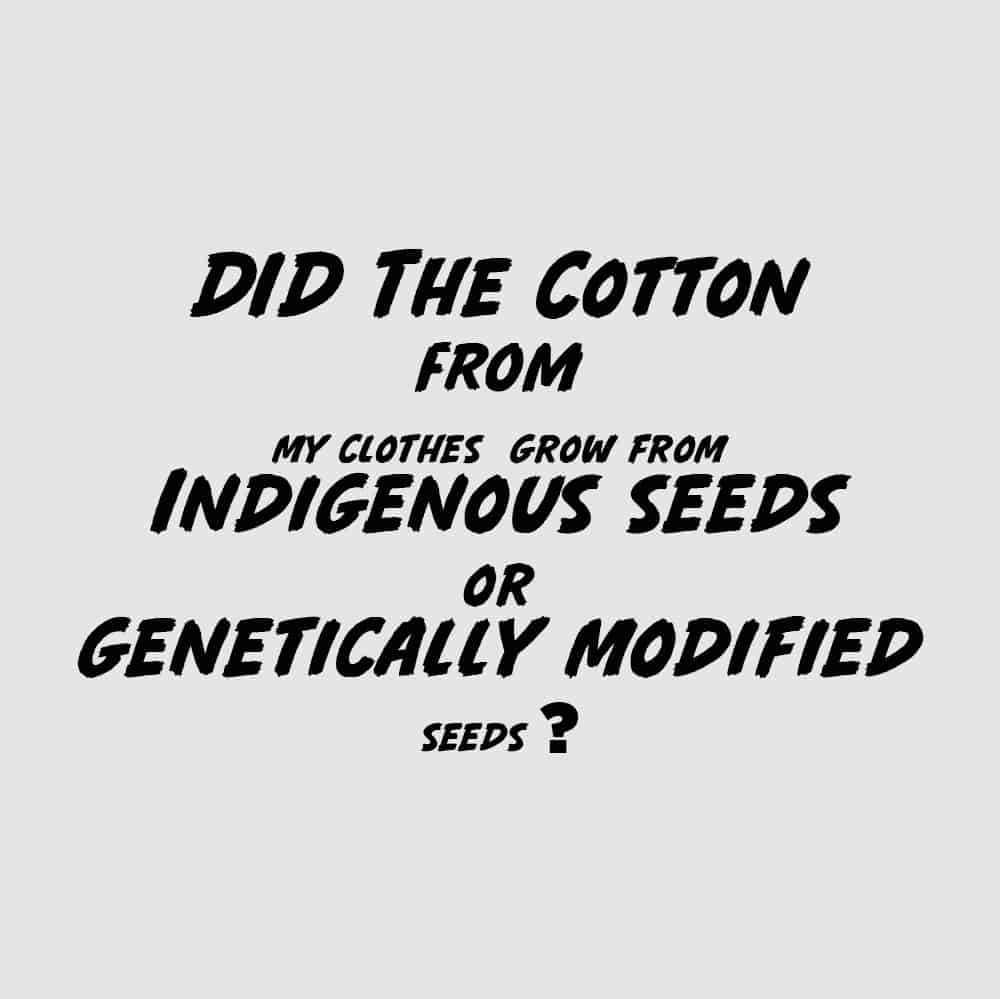
Maharani Gayatri Devi
“She dedicated her life to creating a subtle, but implicative, change in society, particularly with her continuous efforts for the empowerment of Indian women from the confines of the veil” -Devraaj Singh of Jaipur, Grandson of Gaytri Devi.
India became a democracy almost 70 years ago. Prior to that, the Indian subcontinent, was divided into princely states, lead by their rulers. The rulers bore various titles as Nawabs, Sultans, Rajas or Maharajas. The sartorial styles of these Kings and Queens, had a huge impact on the fashion trends of the subjects of their kingdom or even on the people of the whole country.
At the time of the British withdrawal, 565 princely states were officially recognized in the Indian subcontinent. Some of the descendants of the ruling families continue to have an influential role in the local administration or in national politics. They are venerated with titles such as kings and queens by the people of the country.
Maharani Gayatri Devi, born on 23 rd of May 1919, lived a glorious and fulfilling life
till July of 2009. She became the third Maharani of Jaipur after she got married to His Royal Highness Maharaja Sawai Man Singh.
Maharani Gayatri Devi, bestowed with the title of Rajmata of Jaipur was an epitome of style and grace and exuded an effortless, serene and royal aura around her. Her pristine beauty backed by a powerfully assertive and strong personality made her a major style icon and influencer of her times in India and around the world. She carried herself with ease and comfort and her unique sartorial choices have inspired fashion across decades. Her life was a Princess’s story albeit with its own share of upheavals.

My husband and I transition our day into relaxation and nostalgia by binge watching motion series adaptation of R. K. Narayan’s book ‘Malgudi days’ . Short stories from a small village exuding the zeitgeist of pre-independence India- reminiscent of my grandmother’s beautiful stories. In one particular episode of Malgudi days, the whole village organizes a bonfire to burn their ‘English’ clothes.. The story belongs to a time when Indian’s were encouraged to keep only ‘khadi’ or ‘khaddar’ clothes with them. It gives the audience a glimpse of the boycott movement that was adopted to fight against the imperial rule.
‘Khadi’ , a material embodiment of an ideal’
In the current situation, we are witnessing the collapse of long distant supply chains and brutal financial realities. It is time that countries adopted self reliance and economic self sufficiency that was advocated by M.K Gandhi for India. Gandhi used humble Khadi as his weapon for inspiring a revolution.

Thilak Reddy was introduced to us for the first time at the Santa Fe Folk Art Market, In spite of all of his talent and achievements, he is one of the most humble and hardworking people we have ever met.
Thilak, 32, practices the art of hand printing the fabrics using a bamboo pen and natural dyes to achieve intricate designs. He lives with his sister and mother in Srikalahasti, that has an indelible history of India’s painted and printed cotton trade with the world. Read here.
 He is a second generation Kalamkari artist after his father. Thilak started practicing this craft at a very young age and has now been working for over 20 years. After graduation, he lost his father. He had no option but to take over all his father’s projects to help put food on the table. (more…)
He is a second generation Kalamkari artist after his father. Thilak started practicing this craft at a very young age and has now been working for over 20 years. After graduation, he lost his father. He had no option but to take over all his father’s projects to help put food on the table. (more…)

Bagh Printing: Traditional Block Printing Technique from Madhya Pradesh
Block printing dates back to over 2000 years ago, during Buddha’s time. The trade of printed textiles from India flourished during the medieval age and 12th century. While the Coromandel Coast boasted of Kalamkari, the states of Gujarat and Rajasthan were built on block printed textiles. These soft intricate textiles, mostly naturally dyed, built a textile tradition that is still relevant today.
My tryst with block prints began with my mother. Seeing her wear indigo prints is what I grew up with. She wore exclusively cotton, a perfect textile for the Indian climate. The madder, indigo and mustard color of these calico textiles kept the body cool and soul happy.


The fashion industry should also adopt the concept of returning to “Earth Citizenship” and becoming a part of the Earth’s life cycles. The issue is that the fashion industry, with its long supply chains and numerous processes between idea generation and product development, lacks the time to develop an understanding of something as ancient and essential as cotton farming methods. The fashion industry generally places price above practices when it comes to most steps in the product development process.

